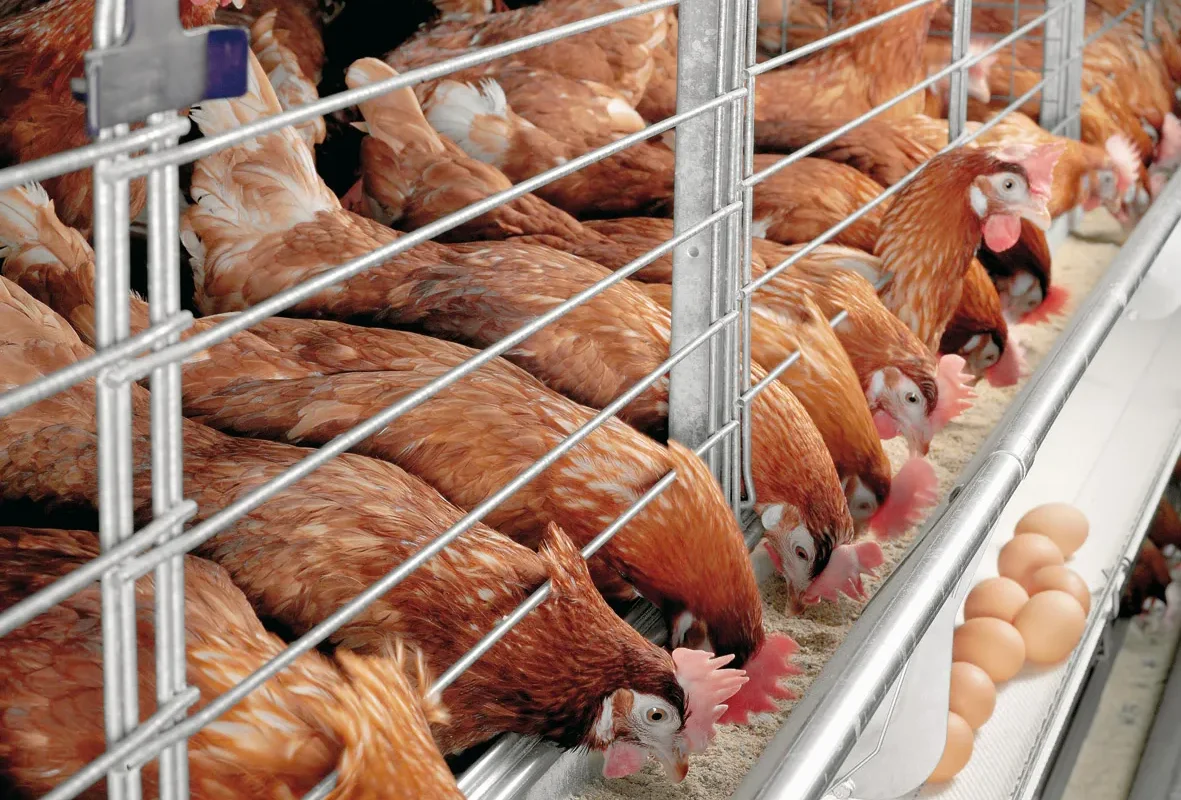New research conducted by scientists from the University of Nottingham has shed light on why chicken farms are a breeding ground for antibiotic resistant bacteria. The study, published in Nature Communications, provides valuable insights into how bacteria, such as E. coli and Salmonella enterica, share genetic material that makes them resistant to antibiotics.
Antimicrobial resistance (AMR) is a pressing global issue, with organisms becoming increasingly resistant to treatment with antibiotics and other antimicrobials. Livestock farms, their surrounding environments, and food products derived from farming have been identified as potential sources of drug-resistant infections for animals and humans.
The misuse and overuse of broad-spectrum antimicrobials in livestock farming, aimed at reducing production losses, has been identified as a significant contributing factor to the rise and spread of AMR.
The recent study reveals that different species of bacteria, co-existing within the same microbial community, such as the chicken gut, have the ability to share genetic material associated with AMR. This discovery has important implications for our understanding of AMR and poses challenges to the development of surveillance and treatment/control solutions.
The researchers focused on two prevalent bacteria found in food animals, namely Escherichia coli and Salmonella enterica, which exhibit high levels of drug resistance, are commonly found in farming settings, easily transmit to humans, and are known to cause food poisoning.
The study was a collaboration between experts from the University’s School of Veterinary Medicine and Science, the China National Center for Food Safety Risk Assessment, New Hope Liuhe Group Ltd in China, and Nimrod Veterinary Products Limited.
Dr. Tania Dottorini, lead researcher from the School of Veterinary Medicine and Science at the University of Nottingham, explains that these bacteria species can share genetic material both within and potentially between species, allowing for the spread of AMR. Understanding how bacteria co-evolve and share their genome in the same environment and host is crucial for the development of more effective treatments against AMR.
To conduct the research, the team collected 661 E. coli and Salmonella bacteria isolates from chickens and their environments in 10 Chinese chicken farms and four abattoirs over a two-and-a-half-year period. They utilized conventional microbiology DNA sequencing and data-mining methods powered by machine learning to carry out a large-scale analysis.
This groundbreaking study is the first of its kind to characterize the genomic content of two bacteria species on such a large scale, using samples collected from the same animals, at the same time, and from real-world farm and abattoir settings. The findings revealed that E. coli and Salmonella enterica co-existing in the chicken gut, as opposed to existing in isolation, featured a higher amount of AMR-related genetic material, implemented similar resistance and metabolic mechanisms, and likely followed a stronger co-evolution pathway.
Dr. Dottorini emphasizes that the emergence and spread of AMR in livestock farming is a complex phenomenon, involving intricate interactions between bacteria, animals, and humans across various interconnected microbial environments. The use of data mining and machine learning technologies capable of handling large-scale and heterogeneous data is crucial for investigating AMR, particularly when considering the interplay between cohabiting bacteria in ecological settings where community-driven resistance selection occurs.
Overall, this research highlights the importance of studying multiple bacterial species in conjunction, rather than in isolation, to gain a comprehensive understanding of the mechanisms underlying the rise and spread of AMR in livestock farming. Neglecting to consider the threat to human health posed by AMR in farming settings could lead to an underestimation of the problem.
The findings from this study provide valuable insights that can inform future efforts to combat AMR and reduce its impact on both animal and human health. It is crucial for stakeholders in the agriculture and healthcare sectors to work together to implement effective measures that promote responsible antimicrobial use, improve surveillance systems, and develop alternative strategies to tackle antibiotic resistance.
*Note:
1. Source: Coherent Market Insights, Public sources, Desk research
2. We have leveraged AI tools to mine information and compile it




